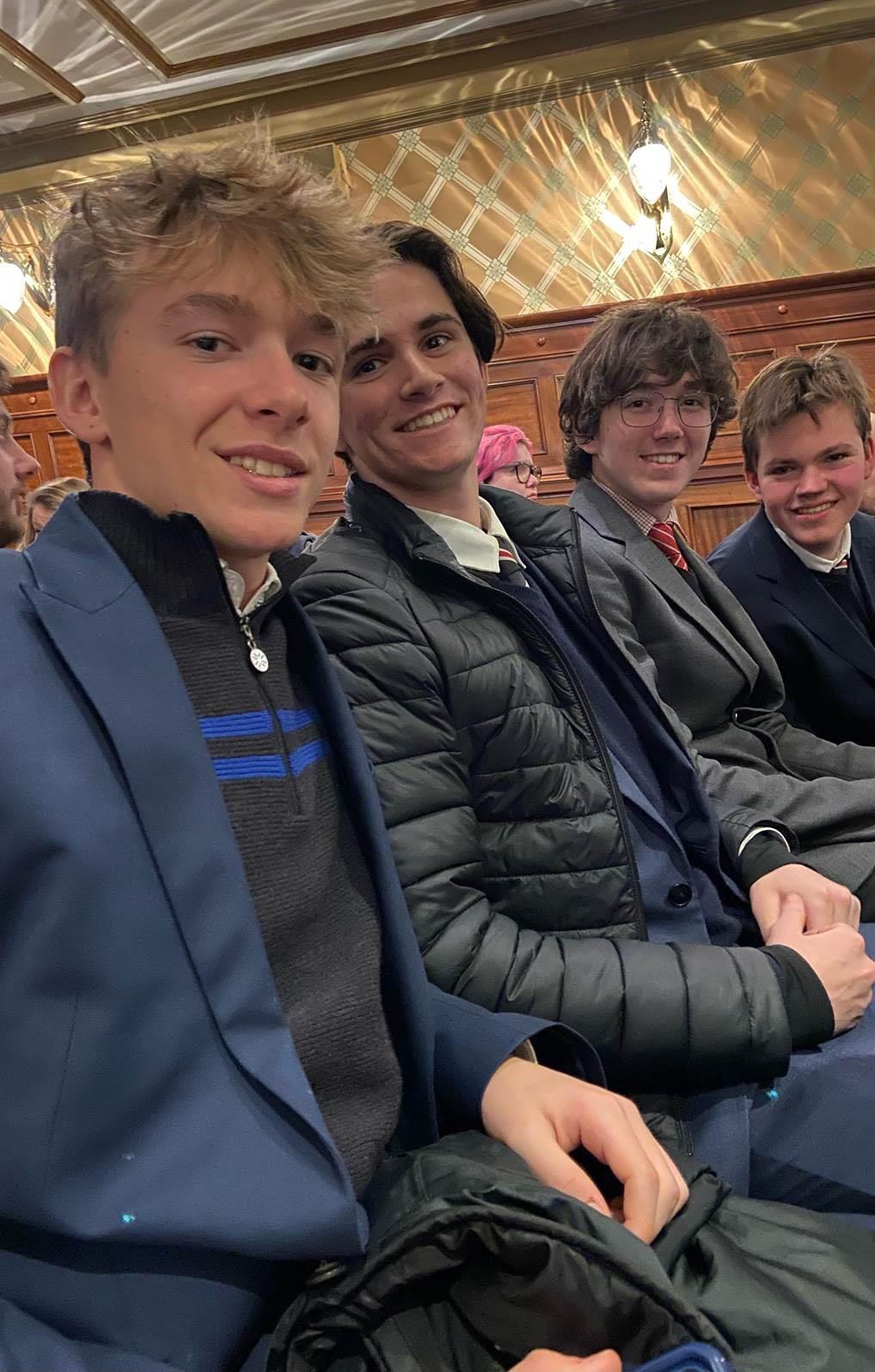
3 minute read
ARJUN’s SCIENCE UPDATE
Arjun D, Year 12 writes...
Can AI build new proteins for us? Technology says yes!
Advertisement
The RF diffusion system builds proteins not currently in humans that can solve medical problems, eg a chest infection or a viral outbreak (Covid-19), and can even fight off cancer, a common cold or the ‘flu.
What does it do?
RF diffusion (RoseTTAFold structure prediction network) can create unique protein structures not even found in the protein bank!
RF diffusion is able to predict the shape of unique spaces in enzymes (active sites) with all the side chains and functional groups (traits which define substances) with high accuracy. The molecule it attaches to (substrate) can also be implied from the modelling.
Before this amazing discovery, to create blueprints of new proteins, it took algorithms and years of puzzling over potential protein structures that can be used in humans. Nowadays, thanks to RF diffusion (RoseTTAFold structure prediction network), unique proteins can be modelled to solve problems, meaning we do not need to manually go through every possible single structure.
AI can build it for us in weeks!
How does this work?
Proteins are chemical compounds, with unique folded and twisted 3D shapes enabling them to perform certain functions. For example:
1. The (fibrous) protein collagen is three protein (polypeptide) chains coil around each other, making a structure like a rope held by hydrogen bonds. This particular protein structure is in our arteries and veins giving them strength.
2. The (globular) protein haemoglobin has four protein (polypeptide) chains arranged in a shape similar to a sphere, giving it a large surface area to bind with oxygen. This protein is used to transport oxygen around our body.
As you can see, protein shape is very important for its function.
Neural Network is a type of AI when a computer learns to do a task by analysing a vast amount of examples, inspired by how nerve cells are arranged in the brain.
RF diffusion uses neural network tech to learn to recognise patterns in the shape of a protein and its function in the body. By analysing a database of thousands of images, and text captions relating to them, it learns to build new ones matching specific conditions.
For example, scientists want to know of possible proteins that bond to a particular molecule in a specific way, and potential protein candidates are chosen to fit this criteria.
To create a unique protein, a mix of different digital signals (random noise) is put into the RF diffusion system. It will then create an organised (denoised) prediction which fits the criteria. More signals then come in from the network, which become denoised again, matching the pattern of the signals coming in. At each step of this process the structure is resymmetrised.
After balancing the noising and denoising of signals, the system creates the full possible range of structures. This process keeps repeating, narrowing down options in order to find the specific ideal structure, ie one that can function well at body temperature, pH of blood etc.
The tech is now so advanced that scientists can simply tell the system the area of symmetry in the protein (which nitrogen chains) and the length of its individual repeating units in its chains (monomers) - much like buying custom shirts with your choice of design and size!
Whats next?
After A.I. tech creates these protein ‘blueprints’, scientists will test this structure in a lab, running experiments with real chemicals testing their potential for use in humans.
Mysteries still awaiting discovery: can we use RF diffusion to accurately model smaller proteins? Apart from curing diseases, how else can custom proteins be used in boosting human performance?

On Monday 23rd January, Wetherby Senior’s Drama Department put on a trip to watch the excellent musical, Hamilton Beware: spoilers ahead.

Our trip started at 6:30pmwhen we made our way to Oxford Circus to catch the tube to Victoria, where we took a short walk to Victoria Palace Theatre. Years 7 to 11 were at the top of the theatre, looking down onto the stage, while Years 12 to 13 were in the stalls.

The Hamilton set was simple with an upper section, which was an asset to the production.

The musical is about American history and the founding of the USA. There is mostly singing and music, not much reading of lines, which helps keep the audience entertained.
The style of music is really good and there was also brilliant singing, and dancing, by the actors.
Act 2 was a lot slower but starts with a rap battle which was quite interesting to watch.
My favourite moment was when the English king, George III, sings. The whole audience laughed.
My favourite character was Aaron Burr, as he has a very catchy song to his name. The actor was also very good at making himself composed on the stage.

One thing which I would like to note is that all the performers pulled off their American accents with ease and poise for the entirety of the play.
Overall, it was a great trip and kudos to Miss Twomey, Miss Maroudi, Miss McWhirter, Miss Holmes, and Mr Wills.










